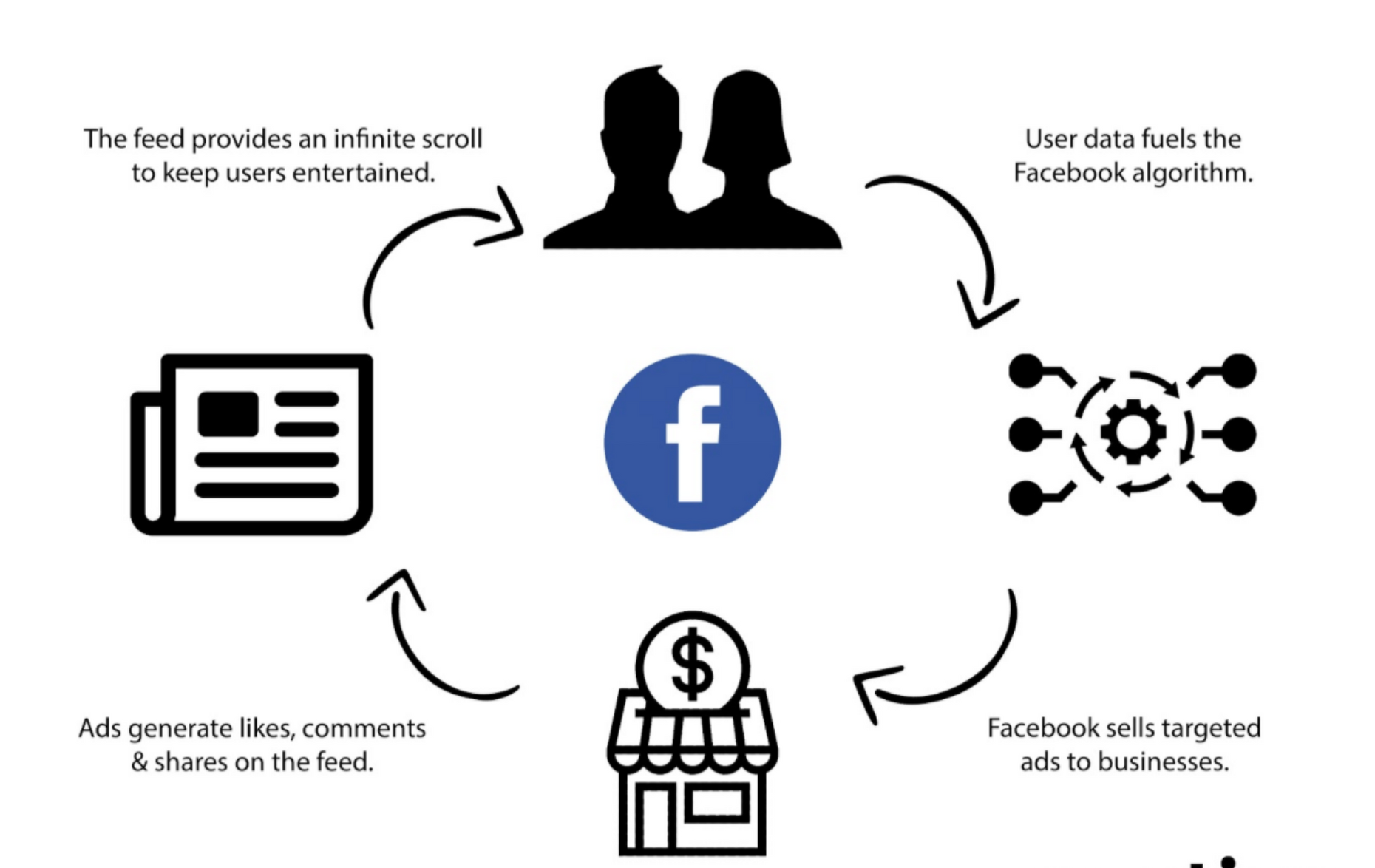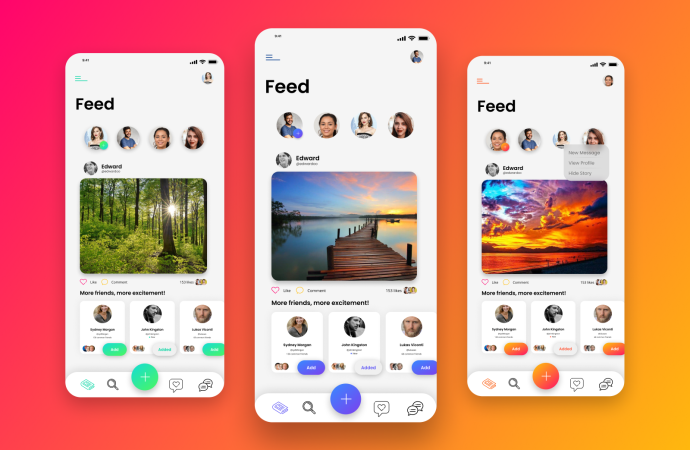Facebook, the social media giant, is considering a significant change to its platform. Reports suggest that Facebook is exploring the idea of phasing out full-screen home feeds. This feature has been a cornerstone of the user experience for many years. This potential shift signals a strategic move. Facebook aims to adapt to evolving user preferences,
Facebook, the social media giant, is considering a significant change to its platform. Reports suggest that Facebook is exploring the idea of phasing out full-screen home feeds. This feature has been a cornerstone of the user experience for many years. This potential shift signals a strategic move. Facebook aims to adapt to evolving user preferences, enhance user engagement, and explore new ways to deliver content. Let’s delve into Facebook’s plans to phase out full-screen home feeds. We’ll examine the implications for users, the rationale behind this decision, and the potential impact on the overall user experience.
1. Evolving User Behavior:
As social media usage patterns evolve, platforms like Facebook must adapt. The move to phase out full-screen home feeds reflects Facebook’s commitment to user preferences and expectations. Analyzing data on user engagement and feedback is crucial. Facebook aims to optimize the user experience and ensure a seamless and enjoyable time on the platform.
2. Shifting Focus on Content Delivery:
The decision suggests a reevaluation of content delivery and consumption on Facebook. Instead of relying solely on a full-screen feed format, Facebook may explore alternative ways to showcase content. This includes prioritizing certain types of posts and enhancing the visibility of content that resonates most with users. This shift aims to create a more engaging, personalized, and dynamic user experience.
3. Personalization and Customization:
By moving away from full-screen home feeds, Facebook could offer more personalized and customized content experiences. This shift may involve introducing new content formats and providing users with greater control over their feed preferences. Leveraging algorithms to surface relevant content is also critical. Enhancing personalization features can enrich the user experience, increase time spent on the platform, and drive higher satisfaction and engagement.
4. Embracing Multi-Format Content Delivery:
Phasing out full-screen home feeds suggests Facebook is embracing a multi-format approach to content delivery. This may include new content layouts, design elements, and interactive features. Embracing multi-format content delivery caters to different content consumption preferences. It enhances user interactivity and elevates the overall quality of content shared.

Picture by: Yandex.com
5. User Engagement and Retention:
The plan to phase out full-screen home feeds is likely driven by a desire to enhance user engagement and retention. Optimizing the content delivery process and streamlining the user interface are key. Introducing new features that promote interaction is also important. Improving engagement and retention is crucial for Facebook’s long-term success.
6. Aesthetic Design and User Experience:
Shifting away from full-screen home feeds may reflect a focus on aesthetic design and user experience. Experimenting with different content layouts and visual elements can create a more visually appealing interface. Prioritizing aesthetic design can elevate the platform’s look and feel, making it more inviting and intuitive.
7. Algorithmic Prioritization of Content:
Facebook may place greater emphasis on algorithmic prioritization of content. Fine-tuning algorithms that determine content visibility is essential. This ensures that users are presented with content aligning with their interests and engagement patterns. Algorithmic prioritization can improve content relevance and drive higher engagement.
8. Testing and User Feedback:
Before fully phasing out full-screen home feeds, extensive testing and user feedback are crucial. A/B testing, user surveys, and focus groups are important methods. Incorporating user feedback ensures that decisions prioritize satisfaction, engagement, and retention.
9. Innovation and Adaptation:
The consideration of phasing out full-screen home feeds underscores Facebook’s commitment to innovation. Exploring new content delivery formats and user interface designs is essential. Embracing innovation ensures Facebook remains relevant and competitive in the digital landscape.
10. Enhancing User Experience and Value Proposition:
Ultimately, the plans are driven by a strategic focus on enhancing the user experience and platform value. By reimagining content delivery and refining the user interface, Facebook aims to solidify its position. Enhancing the user experience reinforces Facebook’s commitment to providing a meaningful and impactful platform.
















